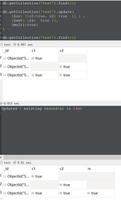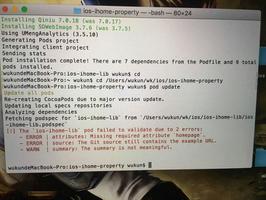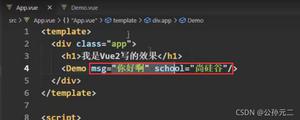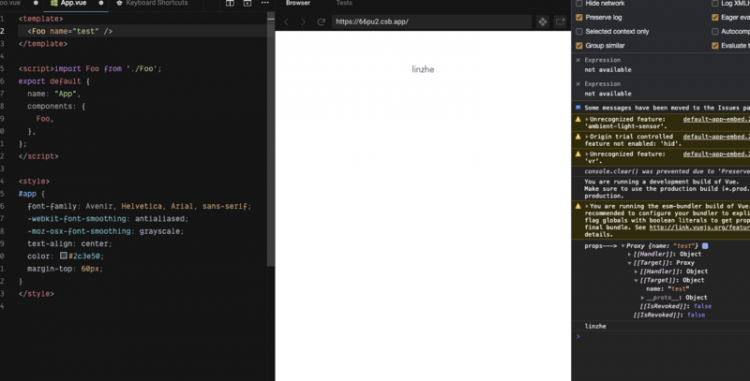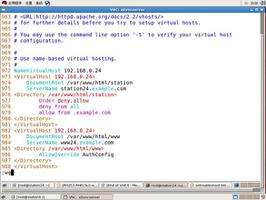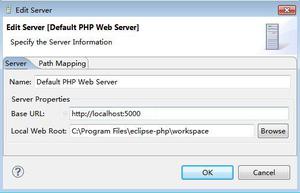强烈推荐!Vue3.2中的setup语法糖
前文
作为一个前端程序员,说起 Vue 3肯定不会陌生,作为时下最火的前端框架之一,很多人将它作为入门框架。
但是尽管 Vue 3很久之前就已经开始投入使用,也不免会有人抱怨 Vue 3的知识点太多太杂,更新太快。这不,最近 Vue 3又定稿了一项新技术:script-setup 语法糖。
1.什么是setup语法糖
起初 Vue3.0 暴露变量必须 return 出来,template中才能使用;
现在只需在script标签中添加setup,组件只需引入不用注册,属性和方法也不用返回,也不用写setup函数,也不用写export default ,甚至是自定义指令也可以在我们的template中自动获得。
<template>
<my-component :num="num" @click="addNum" />
</template>
<script setup>
import { ref } from 'vue';
import MyComponent from './MyComponent .vue';
// 像在平常的setup中一样的写,但是不需要返回任何变量
const num= ref(0) //在此处定义的 num 可以直接使用
const addNum= () => { //函数也可以直接引用,不用在return中返回
num.value++
}
</script>
//必须使用驼峰命名
2.使用setup组件自动注册
在 script setup 中,引入的组件可以直接使用,无需再通过components进行注册,并且无法指定当前组件的名字,它会自动以文件名为主,也就是不用再写name属性了。示例:
<template>
<zi-hello></zi-hello>
</template>
<script setup>
import ziHello from './ziHello'
</script>
3.使用setup后新增API
因为没有了setup函数,那么props,emit怎么获取呢
setup script语法糖提供了新的API来供我们使用
3.1 defineProps
用来接收父组件传来的 props。示例:
父组件代码
<template>
<div class="die">
<h3>我是父组件</h3>
<zi-hello :name="name"></zi-hello>
</div>
</template>
<script setup>
import ziHello from './ziHello'
import {ref} from 'vue'
let name = ref('赵小磊========')
</script>
子组件代码
<template>
<div>
我是子组件{{name}} // 赵小磊========
</div>
</template>
<script setup>
import {defineProps} from 'vue'
defineProps({
name:{
type:String,
default:'我是默认值'
}
})
</script>
3.2 defineEmits
子组件向父组件事件传递。示例:
子组件
<template>
<div>
我是子组件{{name}}
<button @click="ziupdata">按钮</button>
</div>
</template>
<script setup>
import {defineEmits} from 'vue'
//自定义函数,父组件可以触发
const em=defineEmits(['updata'])
const ziupdata=()=>{
em("updata",'我是子组件的值')
}
</script>
父组件
<template>
<div class="die">
<h3>我是父组件</h3>
<zi-hello @updata="updata"></zi-hello>
</div>
</template>
<script setup>
import ziHello from './ziHello'
const updata = (data) => {
console.log(data); //我是子组件的值
}
</script>
3.3 defineExpose
组件暴露出自己的属性,在父组件中可以拿到。示例:
子组件
<template>
<div>
我是子组件
</div>
</template>
<script setup>
import {defineExpose,reactive,ref} from 'vue'
let ziage=ref(18)
let ziname=reactive({
name:'赵小磊'
})
//暴露出去的变量
defineExpose({
ziage,
ziname
})
</script>
父组件
<template>
<div class="die">
<h3 @click="isclick">我是父组件</h3>
<zi-hello ref="zihello"></zi-hello>
</div>
</template>
<script setup>
import ziHello from './ziHello'
import {ref} from 'vue'
const zihello = ref()
const isclick = () => {
console.log('接收ref暴漏出来的值',zihello.value.ziage)
console.log('接收reactive暴漏出来的值',zihello.value.ziname.name)
}
</script>
父组件拿到的结果

vue3项目如何开启setup语法糖
https://marketplace.visualstudio.com/items?itemName=johnsoncodehk.volar

1.首先要将编辑器的vetur插件关闭,打开Volar
2.再新建一个tsconfig.json / jsconfig.json 文件 ,在compilerOptions里面加上 "strict": true,和 "moduleResolution": "node" 配置项就可以啦
总结:
以上就是对setup语法糖的理解和认识,到此这篇关于Vue3.2中setup语法糖的文章就介绍到这了,更多相关Vue3.2中setup语法糖内容请搜索以前的文章或继续浏览下面的相关文章希望大家以后多多支持!
以上是 强烈推荐!Vue3.2中的setup语法糖 的全部内容, 来源链接: utcz.com/p/240260.html

